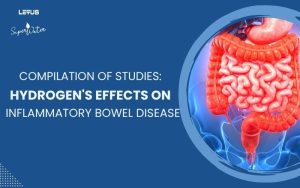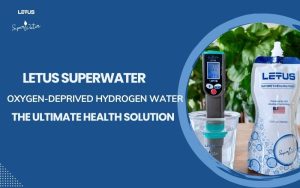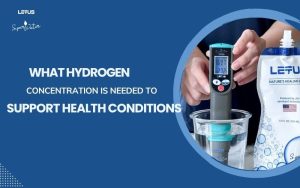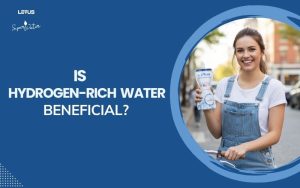Hydrogen increases Insulin activity in skeletal muscle, helping the body use Glucose more efficiently. Hydrogen also reduces Glucose production from the liver, which helps lower blood Glucose levels. – Study titled: Hydrogen improves glycemic control in a Type 1 Diabetes animal model by promoting glucose uptake into skeletal muscle. – By the scientists Haruka Amitani, Akihiro Asakawa in 2013.
Study Title: Hydrogen Improves Glycemic Control in a Type 1 Diabetes Animal Model by Promoting Glucose Uptake into Skeletal Muscle
Scientists Haruka Amitani, Akihiro Asakawa. Published in 2013.
Kajiyama et al. conducted a randomized, double-blind, placebo-controlled crossover study in 30 patients with Type 2 Diabetes and 6 patients with impaired Glucose Tolerance. The patients consumed 900 mL of H2 water or placebo water for 8 weeks, with a 12-week washout period. Statistical significance was observed in the improvement of negatively-charged low-density lipoprotein (LDL)-cholesterol, small dense LDL, and urinary 8-isoprostanes. In four of the six patients with impaired glucose tolerance, H2 improved their oral glucose tolerance test results to normal levels.
Based on the observation that acarbose induces endogenous H2 production, Suzuki et al. found that acarbose treatment increases exhaled H2 concentration, reducing the risk of cardiovascular disease in patients with impaired glucose tolerance or Type 2 Diabetes. These benefits can be attributed, at least in part, to acarbose’s ability to neutralize oxidative stress by increasing H2 production in the gastrointestinal tract. Amitani et al. demonstrated that H2 can produce metabolic effects similar to Insulin and may also be a new therapeutic option for Type 1 Diabetes.
Authors: Kajiyama S, Hasegawa G, Asano M, Hosoda H, Fukui M, Nakamura N, Kitawaki J, Imai S, Nakano K, Ohta M, Adachi T, Obayashi H, Yoshikawa T. Published 2008 in Nutr Res




